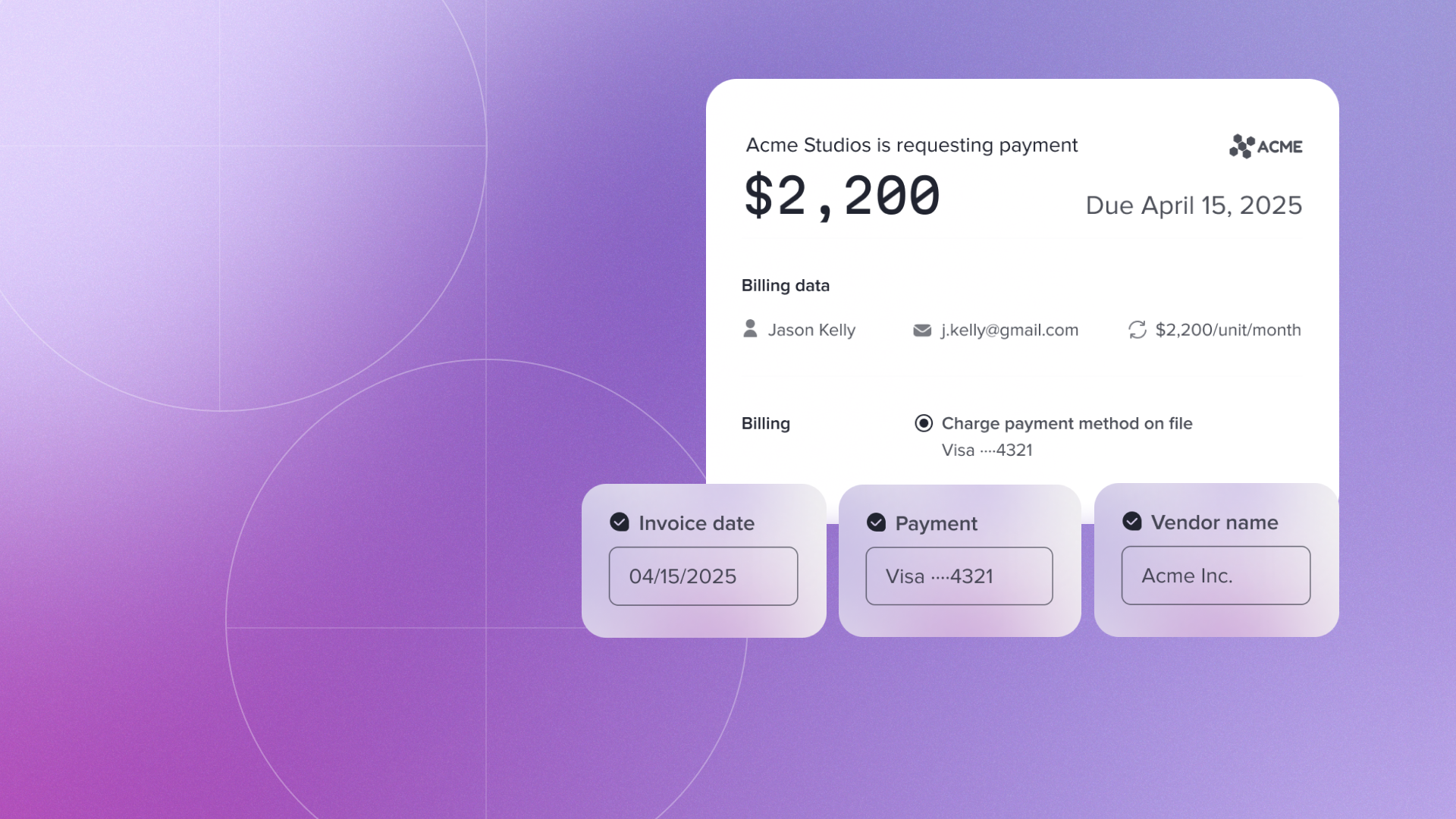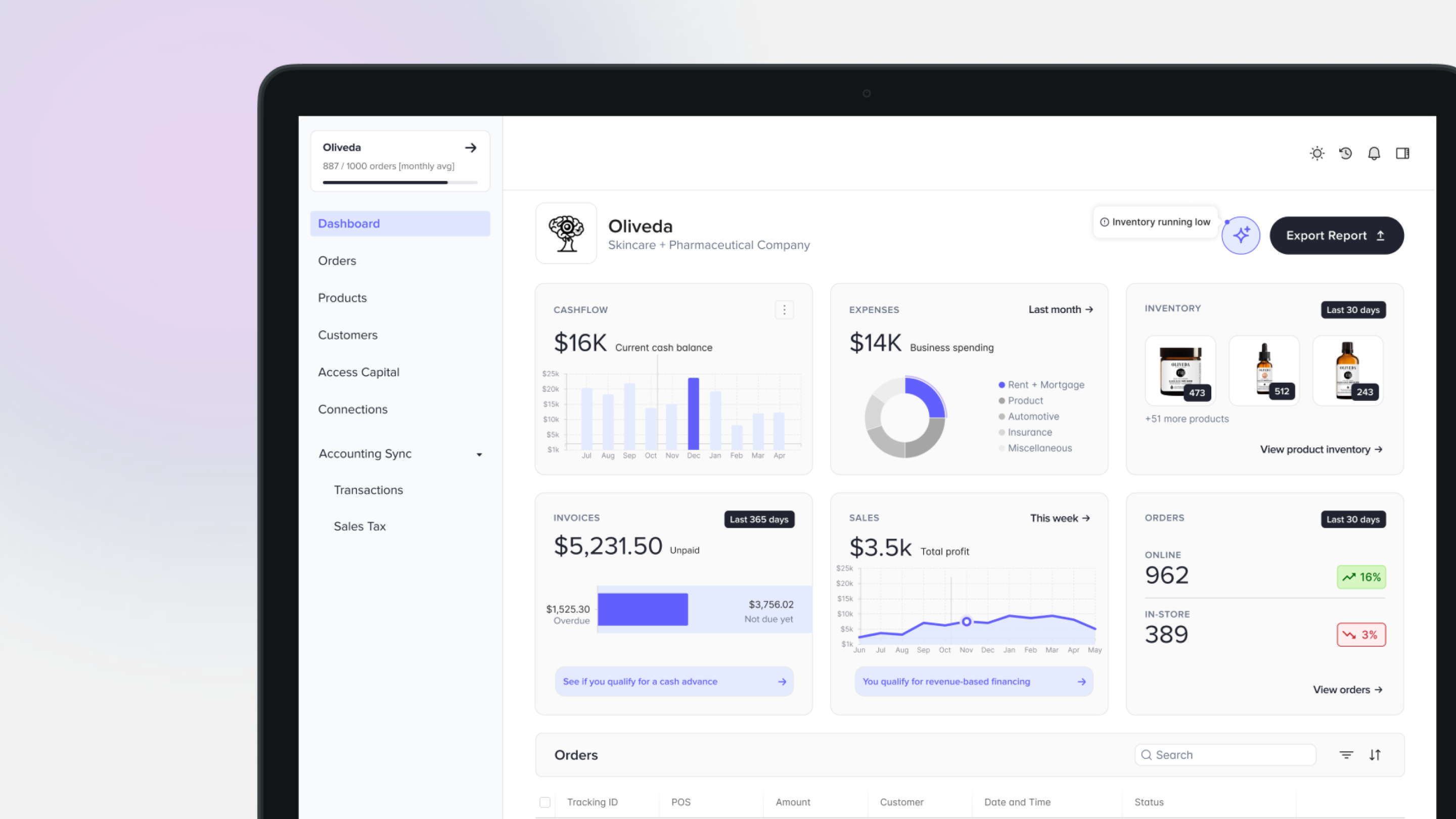
Over the past decade, commercial card programs have matured rapidly. More companies, fintechs, banks, and spend management platforms are investing in supplier enablement, rewards programs, and incentives to drive card adoption across their vendor base.
But a persistent problem remains: it’s still extremely difficult to get clean, reliable data about whether a vendor accepts card, where they accept card, and what fees they charge. Visa/Mastercard datasets are helpful but incomplete. Manual outreach is slow and inconsistent. And most organizations lack the operational scale needed to evaluate thousands of vendors across their customer portfolio.
To solve this, leading companies are now adopting a multi-signal, agentic AI approach to analyzing vendor cardability—one that combines traditional payment-network data with automated intelligence that gathers, validates, and synthesizes vendor payment information at scale.

1. The best companies use multiple signals to assess cardability
By default, many card issuers start with Visa/Mastercard datasets such as Supplier Matching Service or Track. While useful, these datasets often contain limited details, missing addresses or phone numbers, and provide only partial confidence scores. In practice, this usually results in 15–20% of vendors being identified as card-accepting, far below the true opportunity.
Best-in-class companies supplement network data with additional external and first-party signals:
Manual research: Many organizations still rely on phone calls, emails, and account manager outreach to confirm card acceptance. This is accurate, but slow and not scalable.
Digital signals: The largest players, Ramp, Brex, and others have long invested in gathering proprietary data across online sources, support docs, customer payment history, and more.
Agentic AI: New agent frameworks can now replicate the manual steps humans take to gather vendor payment information—automating them at a level of accuracy and scale that wasn’t possible before.
Using these signals together regularly increases cardability detection from 15–20% to 30–40% for many customer bases, unlocking 2–3× more cardable spend.

2. Use OCR to extract vendor payment data from invoices & receipts
Many of the richest signals around vendor payment behavior are sitting directly inside customer invoices, statements, and receipts. Modern OCR models powered by AI rather than legacy template-based approaches can now accurately parse:
- Remittance instructions
- Accepted payment methods (ACH, card, wire, check)
- Card fees and surcharges
- Links to payment portals
- Customer-specific payment terms
Specialized invoice-processing models from companies like Extend or Google Document AI have been fine-tuned to handle the messy, non-standardized nature of real-world vendor documents. When plugged into an agent workflow, these systems can extract fields, interpret payment options, and generate normalized signals in seconds.

3. Use Search Agents to query online sources at massive scale
A large amount of vendor payment information is publicly available, but scattered across websites, documentation, marketplaces, forums, FAQs, and support portals.
New AI-powered search agents can automatically:
- Visit vendor websites
- Parse help articles and billing documentation
- Check payment options listed on checkout or pricing pages
- Review third-party sources like Yelp, G2, vendor marketplaces, and community posts
- Extract citations for every claim
Tools like Exa, Perplexity, and Parallel can search thousands of sources with structured output, allowing issuers to build confidence-scored cardability signals that update continuously.

4. Use Browser Agents to navigate portals and payment flows directly
For many vendors, the true source of truth for card acceptance isn’t on their website, it’s inside the billing portal or payment flow.
Browser agents can now replicate what a human would do:
- Identify payment links from invoices or emails
- Navigate directly to vendor payment portals (Stripe, Tranch, or custom systems)
- Log in or follow public flows where necessary
- Inspect available payment methods and card fees
- Detect customer-specific acceptance rules
This produces the most granular, accurate, and up-to-date view of vendor card acceptance possible. Browser automation tools like Hyperbrowser or frameworks like Stagehand make it feasible for issuers to run this workflow at scale across thousands of vendors, something that previously required entire teams of operations analysts.

The future of supplier enablement is agentic and multi-signal
Vendor card acceptance is not a single data point, it’s an ecosystem of signals, each carrying different strengths. Payment-network data provides a foundation, but real scale and accuracy come from combining:
- Document-based insights from OCR
- Public web intelligence from search agents
- Direct evidence from portal navigation via browser agents
- First-party signals from customer spend and card transactions
Together, these approaches give commercial card programs a radically more complete picture of where card can be used, and how to expand card adoption efficiently.
At Rutter, we’ve built our Supplier Enablement platform specifically to make this easy for card issuers: unified ERP integrations, AI document extraction, web-scale search capabilities, and automated browser navigation; fully orchestrated to uncover card-acceptance opportunities for every vendor and every customer.
If you want to learn more, book a demo today.





